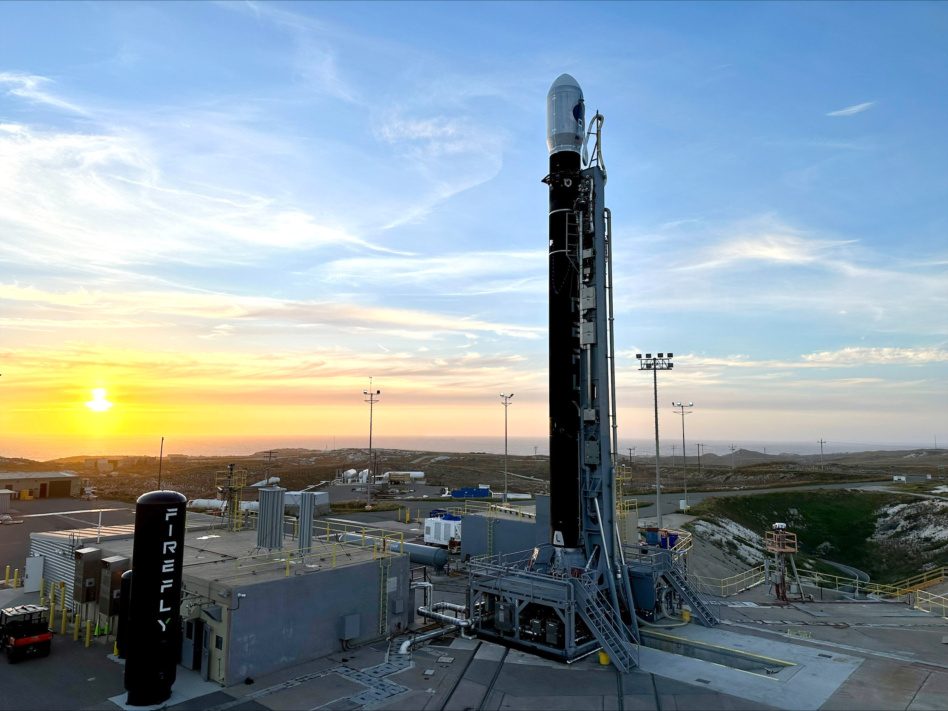The DoD wants rockets on deck to launch at a moment’s notice. Firefly is rising to the challenge.
The startup announced yesterday that it is officially on standby to launch the VICTUS NOX tactically responsive mission for US Space Systems Command (SSC). The Texas-based launcher and Millennium Space Systems, the payload provider for the mission, could be asked to launch anytime over the next six months—but they don’t know when. (That’s the point.)
“The US’s ability to rapidly respond to on-orbit needs is critical to our national defense, particularly in today’s evolving space environment,” Lt. Col. MacKenzie Birchenough, Materiel Leader for SSC’s Space Safari program office, said in a statement.
VICTUS NOX
The military awarded the contract for the mission, Latin for “conquer the night,” in September 2022. Firefly and Millennium got the rocket and payload ready to go in record time, and now they’ve entered a six-month “hot standby” phase. It’s a waiting game until SSC fires the starting gun.
What’s left:
- SSC will, at some point, give a notification to kick off a 60-hour period in which Firefly and Millennium will have to transport the payload to Vandenberg, conduct fueling operations, and mate the payload with Firefly’s Alpha payload adapter.
- A second notification with final orbit requirements will start a 24-hour countdown. In that time, the teams will have to update the trajectory and guidance, mate the payload with Alpha, and stand ready to launch at the first open window.
- In the first available window during or after the 24-hour period, Alpha will have to launch.
- Once deployed in LEO, Millennium will have 48 hours to get the space situational awareness payload up, running, and sending data home.
Move, move, move
USSF wants to be able to launch whenever they need to, full stop. They don’t want to have to wait months or years to contract spacecraft and launches—they’ve got national security to think about, and are preparing for the day when they can’t wait.
But launching on demand is easier said than done. DARPA (the Defense Advanced Research Projects Agency), for example, announced a responsive launch competition in 2018, and though three launch companies took up the challenge, it ultimately ended in 2020 without a winner.
So far, USSF has launched one successful tactical launch mission—Tactically Responsive Launch-2 (TacRL-2), which Northrop Grumman ($NOC) launched aboard a Pegasus XL rocket in 2021. VICTUS NOX is TacRL-3. The military is already working on the follow-on, dubbed VICTUS HAZE. The Defense Innovation Unit (DIU) announced last week that the next iteration will focus on “end-to-end execution using commercial capabilities.”
USSF has requested $60M over 2024 and 2025 for further tactically responsive launches. By then, it hopes it’ll have the capability locked.




